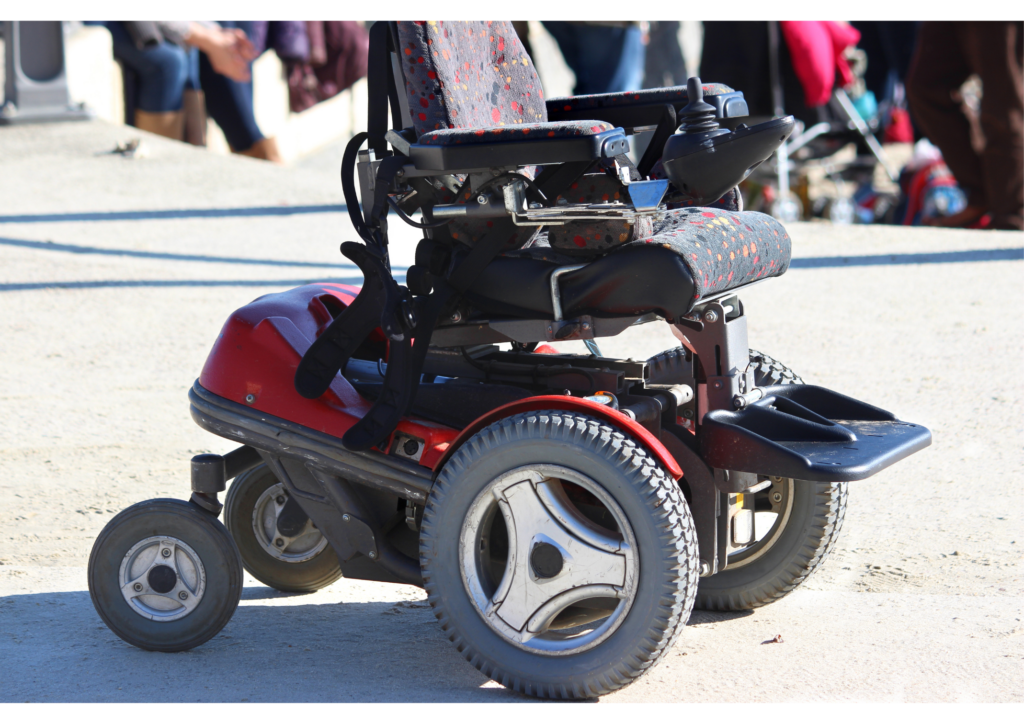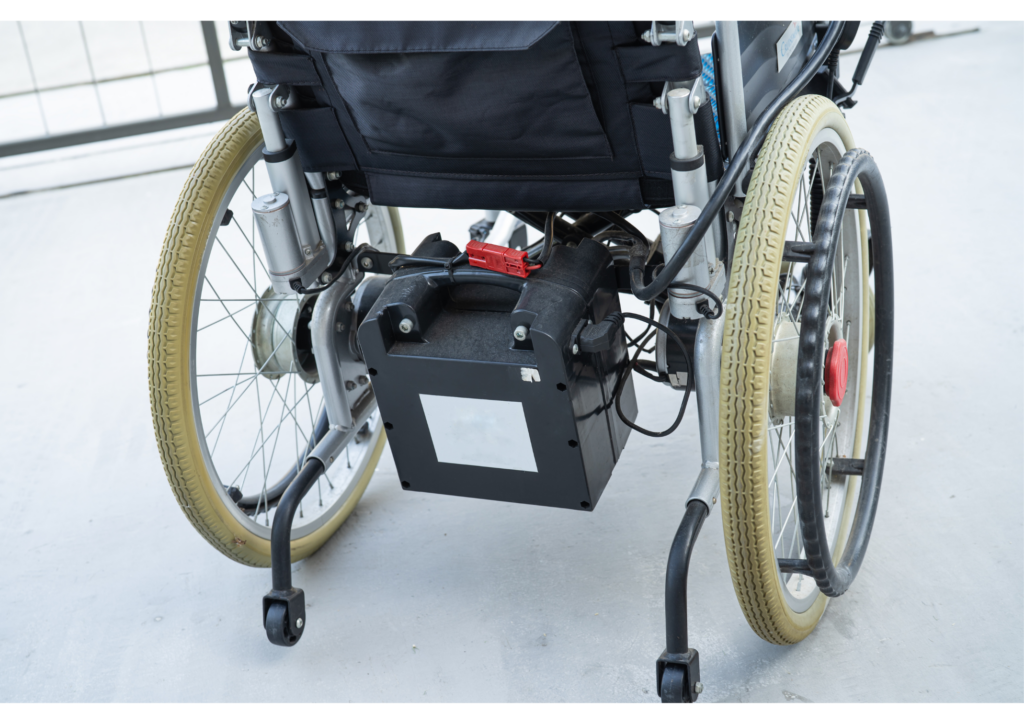
In recent times, the evolution of technology has significantly transformed the landscape of mobility aids, particularly in the realm of electric wheelchairs (E-wheelchairs). Where traditional wheelchairs relied solely on manual propulsion, E-wheelchairs have emerged as a beacon of independence and freedom for individuals with disabilities. This innovative and transformative mode of mobility is not only redefining the concept of accessibility but also empowering users to navigate their daily lives with increased autonomy. In this blog post, we will shed light on the profound impact of E-wheelchairs on the daily experiences of individuals, unveiling how these modern marvels have become central to fostering independence, mobility, and inclusivity.
Revolutionizing Mobility and Independence
The advent of E-wheelchairs represents a groundbreaking shift in the realm of mobility aids. Unlike its conventional counterparts, where users were reliant on external support for movement, E-wheelchairs have emerged as a game-changer, allowing individuals to propel themselves effortlessly and efficiently. The integration of sophisticated electric motors and intuitive control systems has not only ushered in a new era of independence but also eliminated several physical barriers that once impeded individuals with mobility limitations. From narrow doorways to steep gradients, E-wheelchairs are equipped to tackle such challenges, significantly amplifying the freedom of movement and fostering a sense of autonomy.
E-wheelchair: Enhancing Everyday Accessibility

One of the most notable contributions of E-wheelchairs is their role in enhancing accessibility in everyday environments. Whether it’s navigating busy urban streets, accessing public facilities, or traversing challenging terrains, users have found remarkable relief from the limitations that were once pervasive. The compact and agile design of these modern mobility aids enables seamless navigation through spaces that were previously restrictive, amplifying inclusion and enabling individuals with disabilities to participate more fully in social activities and community engagements. This shift towards enhanced accessibility not only benefits the individual users but also contributes to the greater societal goal of creating an environment that is open and welcoming to all.
Technological Advancements and Customized Features
The technological advancements in E-wheelchairs have brought forth a myriad of customized features, catering to the diverse needs and preferences of users. From adjustable seating positions to intuitive joystick controls and specialized add-on accessories, modern E-wheelchairs offer a level of personalization and comfort that was previously unheard of. The integration of intelligent sensors and navigation systems further augments the user experience, ensuring smooth and secure maneuverability in various settings. Furthermore, the introduction of lightweight yet durable materials has revolutionized the portability of E-wheelchairs, enabling users to conveniently transport their mobility aids, thereby facilitating seamless transitions between different environments and experiences.
Fostering Emotional Well-being and Social Engagement
Beyond the physical implications, E-wheelchairs have undeniably had a profound impact on the emotional well-being and social engagement of individuals with disabilities. The newfound sense of freedom and independence cultivated by these state-of-the-art mobility aids has invoked a paradigm shift in the perceptions and aspirations of users. By breaking down barriers to mobility and providing a means for active participation in social and recreational pursuits, E-wheelchairs have emerged as catalysts for fostering a sense of belonging and self-confidence. Whether it’s engaging in outdoor activities, pursuing independent mobility in educational institutions, or actively participating in professional environments, E-wheelchairs have played an instrumental role in encouraging individuals to lead fulfilled and empowered lives, unfettered by their physical constraints.
Conclusion: Empowering Independence Beyond Limits
The revolutionary impact of E-wheelchairs on everyday life is a testament to the transformative power of accessible and empowering technology. These modern mobility aids have transcended the boundaries of conventional wheelchair designs, enabling individuals to embrace newfound independence, navigate diverse environments with ease, and relish inclusive and fulfilling experiences. As we continue to witness the evolution and advancement of E-wheelchairs, it becomes evident that they represent far more than mere modes of transportation; they are symbols of liberation, empowerment, and equal opportunity, shaping a future where independence knows no bounds.

I think it’s not just about the freedom, it’s also about the connections we make when we’re able to move around easily. E-wheelchairs have enabled me to attend gatherings and meet new people.
That’s so true, Marcus! The connections we make and experiences we have when we’re able to move around easily are invaluable. We’re glad to hear that e-wheelchairs have enabled you to attend gatherings and connect with new people. At Eko Life Malaysia, we strive to make e-wheelchairs accessible and affordable for everyone, so they can live their lives with freedom and independence. If you have any questions or concerns about our e-wheelchairs, feel free to contact us at [email protected] or +60 3-7890 3042.
The emotional impact of e-wheelchairs is something that can’t be measured. It’s not just a device, it’s a sense of security and confidence that comes with being able to go anywhere, anytime.
Dear Esther, we completely agree with you that the emotional impact of e-wheelchairs is invaluable. At Eko Life Malaysia, our mission is to make mobility and accessibility accessible to everyone, and we believe that e-wheelchairs can be a game-changer for individuals with disabilities. If you have any further questions or would like to learn more about our e-wheelchair products and services, please don’t hesitate to reach out to us via [email protected] or call us at +60 3-7890 3042. We’d be happy to assist you.
I completely agree, e-wheelchairs have made a huge difference in my life. I’m no longer dependent on others for simple tasks like going to the grocery store.
Thank you so much for sharing your personal experience with e-wheelchairs, Nur Ema Syahriena! We’re thrilled to hear how it has improved your independence and mobility. Your story is truly inspiring and a testament to the transformative power of e-wheelchairs. If you have any questions about our e-wheelchair products or would like to know more about our services, please don’t hesitate to contact us at [email protected] or +60 3-7890 3042. Our team is committed to supporting you and ensuring you get the most out of your e-wheelchair.
I have mixed feelings about e-wheelchairs. While they’re a necessary tool, they also create a sense of dependency. Where do we draw the line between independence and reliance on technology?
Dear Savio Kelvin Wong, thank you for sharing your honest thoughts about e-wheelchairs with us. You raise a valid concern about the reliance on technology, and it’s essential to acknowledge that e-wheelchairs can indeed create a dependency in some individuals. However, e-wheelchairs can also empower people with disabilities to move around freely and participate fully in daily activities without needing assistance. We believe that the benefits of e-wheelchairs in enhancing independence, mobility, and inclusivity outweigh the concerns of dependency. We have customers who have experienced the life-changing impact of e-wheelchairs, and their stories inspire us to continue working towards a more accessible and inclusive community. If you have any further questions or concerns, please don’t hesitate to reach out to us via [email protected] or phone +60 3-7890 3042.